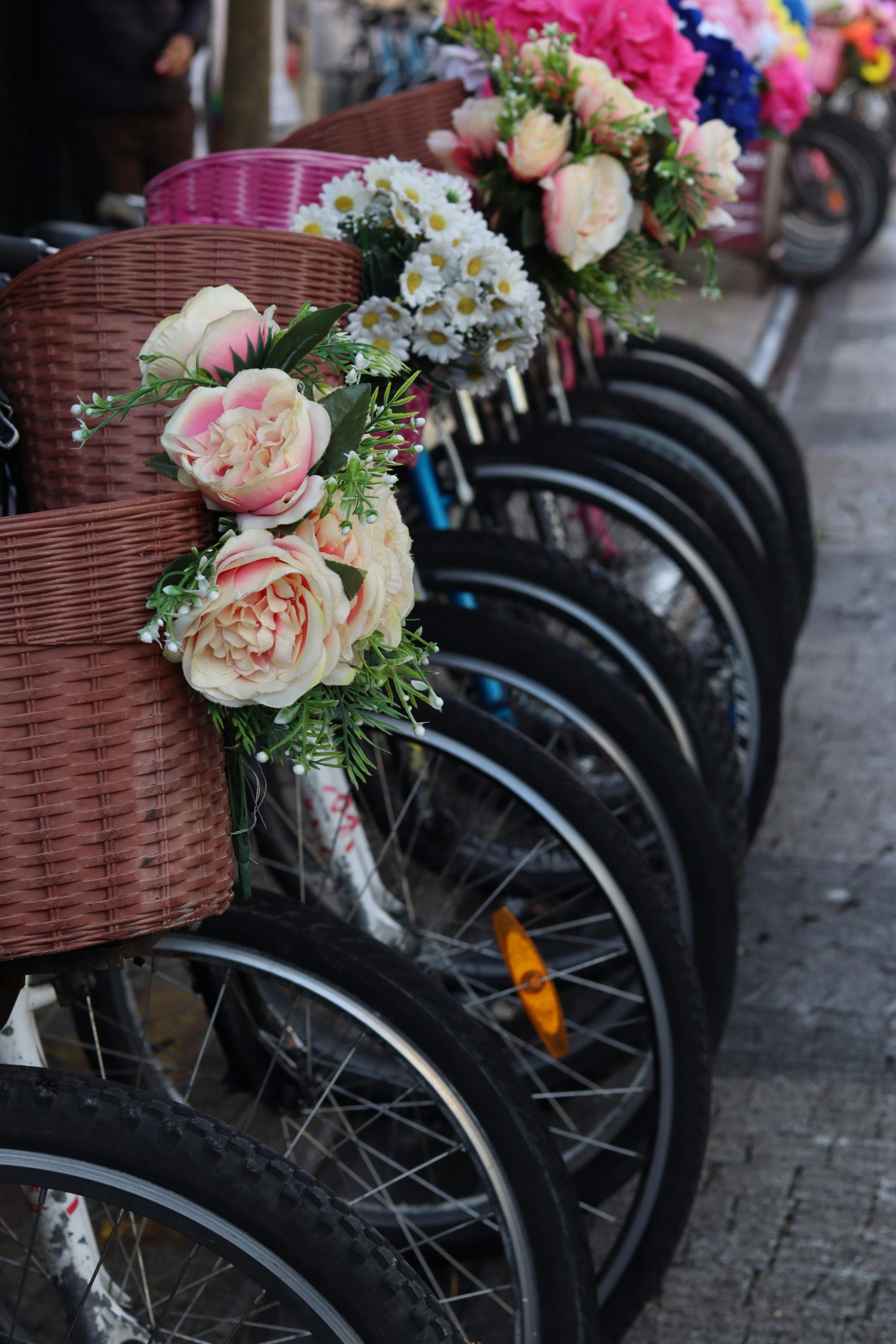The Parking Predicament: Lime Bikes vs. Netil Market on Friday Nights
In the heart of Central London, many residents and visitors have voiced their frustrations regarding the parking situation for Lime Bikes. As these electric scooters and bikes continue to gain popularity, the question of where to leave them has become a hot topic of discussion.
However, if we shift our focus to another bustling locale—Netil Market on Friday evenings—it’s clear that the challenges of space and organization extend beyond just Lime Bike parking. Netil Market, known for its vibrant atmosphere and eclectic food offerings, often experiences a deluge of visitors. This surge can lead to crowded streets and limited available space, prompting similar concerns about how we manage shared public resources.
In both scenarios, there lies an opportunity for conversation about urban planning and the integration of shared mobility solutions within our city’s infrastructure. As London continues to evolve as a hub for innovation, addressing these parking dilemmas will be crucial for ensuring that our urban spaces remain accessible and user-friendly for everyone.
So, the next time you find yourself frustrated with Lime Bike parking, remember that the vibrant energy of places like Netil Market brings its own set of complexities to the table. Let’s embrace the dialogue and work towards solutions that fit our ever-growing urban landscape!


Insightful Perspective on Urban Space Management
I completely agree with the points raised in this discussion. As a London resident, I’ve observed that the challenges of accommodating shared mobility devices like Lime Bikes are symptomatic of broader issues in our urban planning. It’s encouraging to see the comparison drawn with Netil Market, which vividly illustrates how vibrant public spaces can become overwhelmed during peak times, highlighting the need for smarter infrastructure management.
To add value, I believe that solutions such as designated parking zones for e-bikes and scooters, along with integrated urban planning that considers foot traffic, public events, and commerce, are essential. These measures could help decongest popular spots and ensure that shared mobility options enhance, rather than hinder, our city’s accessibility.
Ultimately, fostering an environment where mobility, commerce, and community events coexist harmoniously will make London a more livable and adaptive city. It’s a collective effort, and open dialogue like this is a vital step toward smarter urban solutions.
Insightful Perspective on Urban Shared Spaces
Wonderful post highlighting the ongoing challenges of managing shared mobility and busy hotspots like Netil Market. As a London resident, I believe it’s important to consider innovative solutions that balance vibrancy with practicality. For example:
Balancing the lively energy of markets and the convenience of shared mobility requires thoughtful urban planning. Embracing these approaches not only improves accessibility but also preserves the unique character of neighborhoods like Netil Market. Happy to see discussions like this encouraging proactive solutions for our city’s future!